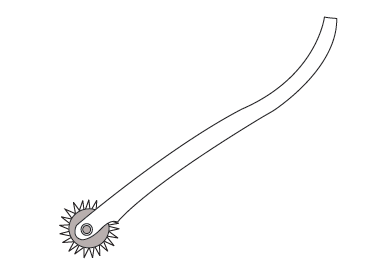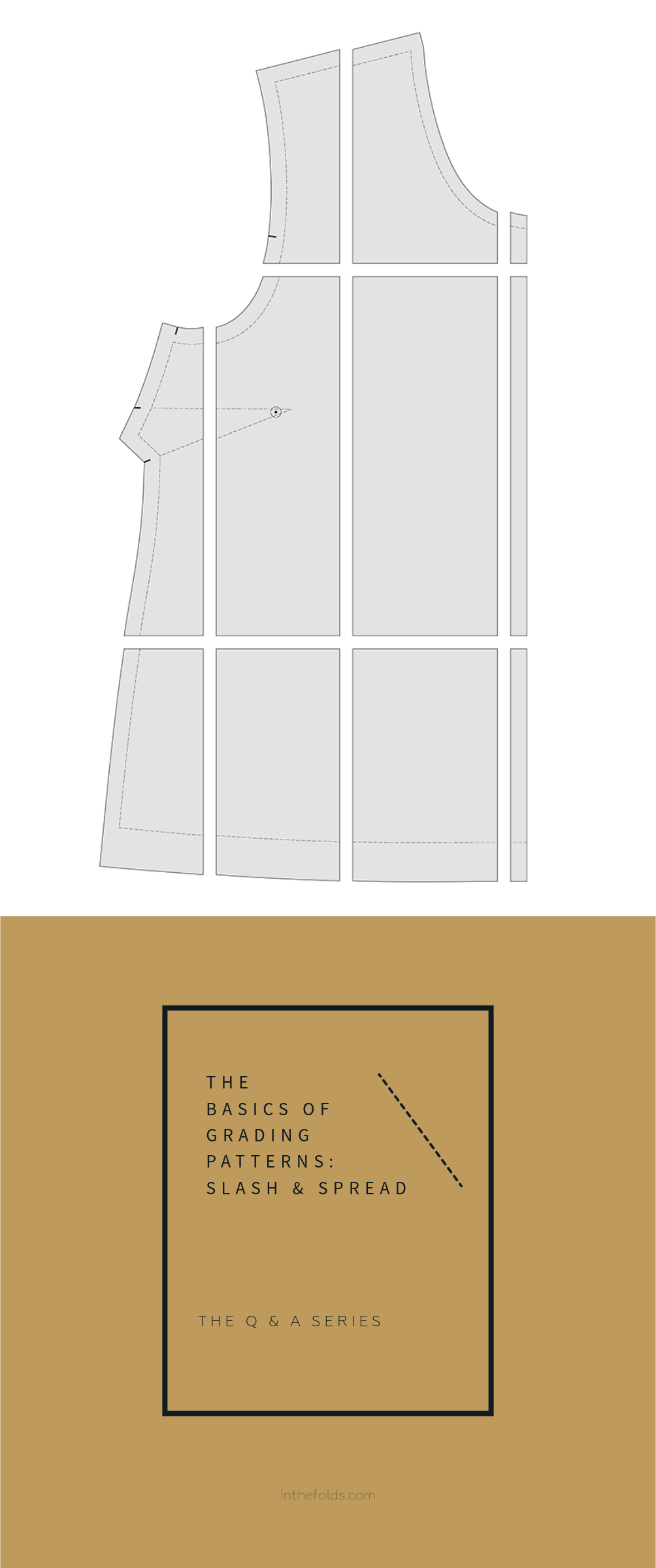THE Q & A SERIES
HOW TO TRANSFER PATTERNS ONTO CARD
Hi Emily
Thank you so very much for doing this question and answer series.
I would like to know how to make our own patterns that will be used over and over again, and what kind of paper or other substance.
- Cerisse
Hi Cerisse,
Great question!
This month we’re diving into organising our spaces in our Curated by ITF sewing subscription. We’ve covered a range of topics, including storage options for supplies, fabrics and patterns and how we can best set up our spaces to make them easy to use and inviting.
If you’ve sewn with the more common commercial patterns you’ll know how flimsy and easy-to-break sewing pattern paper can be. It doesn’t take much to tear, and if they’re a much-loved pattern, the constant use will quickly lead to damage.
While In the Folds paper patterns are printed on a heavier paper than commercial patterns (and you have the option to choose your preferred paper weight when printing our digital patterns), how you store your patterns is still key to making them last as long as possible.
Transferring sewing patterns onto card is a great way to achieve this.
TRANSFERRING PATTERNS ONTO CARD
When working with patterns you use time and time again, like pattern blocks, it’s a great idea to transfer the pattern onto card. This way the pattern can act as a "master" pattern that you can refer to over and over.
There are two ways you can do this:
Use weights and a tracing wheel to transfer the pattern lines onto the card, and then use a pencil and ruler to join the dots.
Glue the paper pattern onto the cardboard and cut it out.
BENEFITS OF TRACING YOUR PATTERN ONTO CARD
As mentioned above, tracing onto card will increase the longevity of your patterns because card is stronger than paper, but there’s other benefits that you should also consider.
When a pattern has been traced onto card it is very quick and easy to trace a new copy. Simply trace around the outside!
Also, if you do it after you’ve made all your alterations and fitting changes, it becomes very clear which pattern is the final version.
A PATTERN TRACING TIP
Depending on what you plan to use your pattern for, you may choose to remove the seam allowance before transferring the block onto card.
Traditionally, pattern blocks do not include seam allowances. This means you can quickly and easily trace a copy and make changes to the design without worrying about seam allowances getting in the way.
Think about what you plan to use your pattern or block for and then decide if having the seam allowance on your card will be helpful for your workflow.
If you’d prefer to use paper, you can find our article about which paper to use, and how to trace patterns here.
Happy sewing!
Emily
For more issues of the Q & A series, you can check out the archive here.
WHAT YOU’VE BEEN MAKING
Barkly skirt made by @sewonthehill








